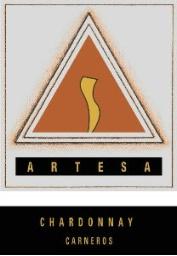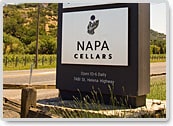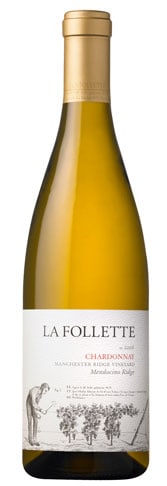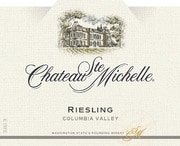In the hotter months, there’s nothing quite like a chilled Chardonnay or a crisp Sauvignon Blanc to wind down the day, or celebrate over the weekend with friends. I’ve picked 5 of my favorites, none too exclusive so you should be able to find them at your local wine shop, Costco or online retailer of choice.
Chard, along with Cabernet Sauvignon, are the two grapes perhaps most accountable for Napa’s fame as a world-class winemaking region. Whether I find myself in the valley for pleasure or business, I always try to find out the latest on those varietals, and often use them as benchmarks to evaluate the quality of a winemaker or winery.
Although by comparison I’ve tasted less Pinot at trade and press events over the years in Napa, it’s a growing favorite. Carneros, with its chilly climes, is one notable AVA for Pinot, and also the Sonoma Coast regions such as the Russian River Valley.
But today, I’m talking whites.
These five picks here are drinking whites — what kind of wine isn’t made for drinking?!
You could (and should) pair at will, however I’ve made sure that these are equally enjoyable solo — sometimes, sitting back and watching the sun go down over an easy-going glass of white wine is as magical as it gets.
Quick note on serving temperatures. The guideline is 45-50F for whites. That, of course, is merely a guideline; break it often if you like. Remember though, if you’re pulling a white from the cellar which would typically be at 55-57F like ours then you’ll need to chill it down. I use an ice bucket and tend to over-chill on hot days. That’s just me; a warm white is like warm milk — it coats your mouth with complete disregard for structure.
Modern Napa:
2009 Artesa Chardonnay, Carneros ($20, 90 pts.)
When I think of Artesa I think Chardonnay and Pinot. Located in Carneros, the tasting room is situated high in the hills with expansive views of Napa and Sonoma. The aesthetic is modern, and so are the wines here. Artesa makes a lot of wines, maybe too many. During marathon tastings, I’ve sat for hours going through all their reserves, library wines, etc. But I always come back to this Chardonnay. I’ve seen it at Costco too, so if you see it, know you’re getting a deal. There is oak there (malolactic fermentation in French oak), but thankfully it is balanced by a wave of minerality and a hint of butterscotch.
Crisp Fruit:
2010 Napa Cellars Sauvignon Blanc, Napa Valley ($22, 87 pts.)
Kim Crawford from New Zealand is one of my Sauv Blanc stand-bys. This one is also a satisfying example of wine that shows fruit — kiwi, grapefruit — without tasting like someone just mashed up a flower in a glass of water. The acidity helps in that regard. It finishes cleanly; a nice match for a warm late summer evening.
Boutique:
2008 La Follette Chardonnay, Mendocino Ridge ($48, 94 pts.)
This crisp, structured Chard might be harder to find than the others (only 272 cases), but it’s a Clone 76/Dijon 809 work of art. More floral, less buttery (win, win). Peach, lemon. Just enough creaminess, and the tannins give it that underlying strength. It’s anything but flabby. Bottled unfiltered.
Value:
2009 Toasted Head Chardonnay, Woodbridge ($11, 85 pts.)
If you like some oak in your Chard and don’t want to break the bank, then check out the fire breathing bear. Dull it’s not. Vanilla, fruit. It’s creamy. Good for food pairing.
Sweet Buy:
2009 Chateau Ste. Michelle Riesling ($7, 89 pts.)
You can find this at Trader Joe’s. It’s not dry, but not overly sweet either; somewhere in the middle of the spectrum for Riesling. At this price, don’t expect a Schubert masterpiece. I’ve been a fan of this basic white for years. You can drink it solo, but it probably does better with a spicy food pairing (try a hot noodle dish, and thank me later!). It’s a mass produced wine; nothing wrong with that, it helps keep the price down, and showcases why Washington State is a world-class producer of Riesling.







